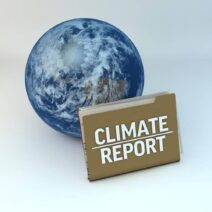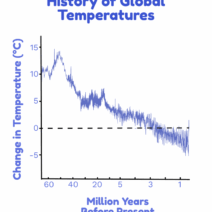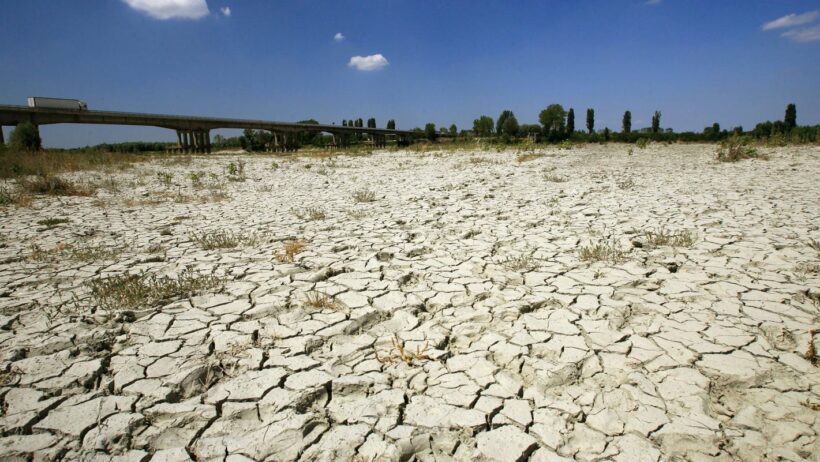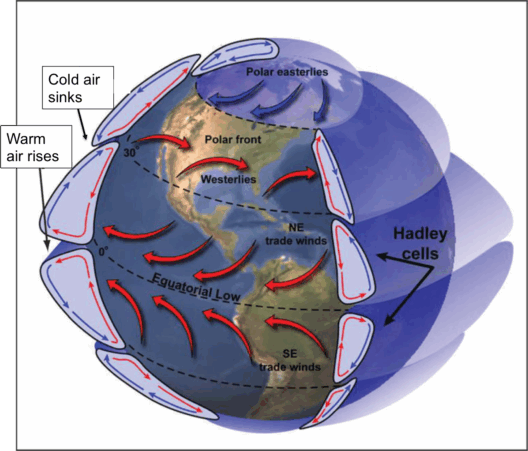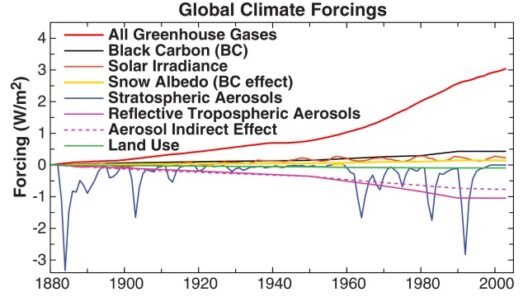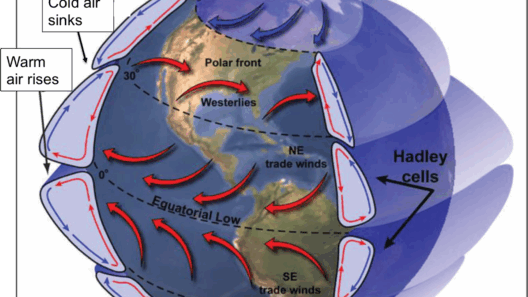Coral reefs are often referred to as the “rainforests of the sea,” boasting astounding biodiversity and providing invaluable ecosystem services. They house approximately 25% of all marine species, supporting immense populations of fish, invertebrates, and other marine life. But have you ever posed the question, “What if these vibrant underwater cities begin to vanish?” This isn’t a whimsical fantasy; it’s a pressing reality. The continual rise in global temperatures due to climate change has put coral reefs in jeopardy. The unseen battle against global warming is decimating these critical ecosystems, pushing them toward the brink of extinction.
The symbiotic relationship between corals and the microscopic algae known as zooxanthellae is central to the existence of these ecosystems. Corals rely on these algae for nourishment, obtaining essential energy through photosynthesis. In return, corals provide a protective environment for the algae. This mutualistic partnership is delicate, and even slight alterations in temperature can disrupt it. As sea temperatures steadily increase, corals expel their zooxanthellae, resulting in a phenomenon known as coral bleaching. The vibrant corals turn white, marking a distressing departure from their natural beauty.
But the implications of coral bleaching extend beyond a simple loss of color. When coral reefs bleach, they become more susceptible to disease, experience stunted growth, and may ultimately die. It’s a catastrophic loss, not just for the corals themselves but for the myriad species that inhabit these environments, as well as for the communities that rely on healthy reefs for subsistence and economic activity. Fisheries, tourism, and coastal protection provided by reefs represent trillions of dollars in economic value worldwide.
To understand the full scope of the challenges facing coral reefs, one must also consider ocean acidification. The oceans act as a carbon sink, absorbing roughly 30% of the carbon dioxide emissions generated by human activities. This absorption leads to a decrease in pH levels, which affects the ability of corals to build their skeletons. As the waters become more acidic, coral polyps struggle to extract the necessary calcium carbonate from seawater to form their hard structures. This results in weaker reefs that are less capable of withstanding storms and other environmental stressors.
Furthermore, the phenomenon of ocean warming exacerbates existing stressors. Coral reefs are sensitive not only to temperature changes but also to pollution and overfishing. Nutrient runoff from agriculture and sewage can fuel algal blooms, which obstruct sunlight and suffocate corals. Overfishing disrupts the balance of these ecosystems by removing key species that maintain coral health. Without adequate management and sustainable practices, these multifaceted threats converge, placing coral reefs in a precarious position.
The consequences of inaction are dire. If current patterns continue, it’s estimated that by 2050, only a fraction of the world’s coral reefs will survive. This is a stark reality that hints at the potential collapse of entire marine ecosystems. One might ask: What steps can be taken to avert this looming crisis? The challenge lies in implementing effective conservation efforts, increasing resilience, and finally addressing the root cause—climate change.
One approach involves establishing marine protected areas (MPAs) that can serve as sanctuaries for coral reefs. By restricting harmful activities such as fishing and coastal development, these areas provide refuge for reefs to recover and rebuild. Enhancing connectivity between these protected zones can strengthen the resilience of coral populations, allowing them to adapt to changing conditions.
Restoration initiatives also play a pivotal role in combatting the decline of coral reefs. Coral nurseries, where fragments of coral are fostered until they can be reintroduced into the wild, have emerged as an innovative solution. These nursery programs can significantly bolster coral growth rates and thus restore areas that have suffered from bleaching or damage.
Moreover, addressing climate change at its source remains paramount. Transitioning to renewable energy sources, implementing carbon reduction policies, and ensuring sustainable agricultural practices can mitigate the progress of global warming. Collective global action is necessary to reduce greenhouse gas emissions and limit warming to no more than 1.5 degrees Celsius above pre-industrial levels, as recommended by the Paris Agreement.
Public awareness and education are crucial to the success of these initiatives. Engaging communities through educational programs centered around coral ecosystems fosters a sense of stewardship. By involving local populations in conservation efforts, we can cultivate an atmosphere of responsibility and dedication necessary for changes to take root.
In conclusion, the battle against global warming is intricately intertwined with the fate of coral reefs. Their decline signals a larger, more insidious problem that reflects the health of our planet’s ecosystems. While the challenges are indeed formidable, the proactive measures we take today will dictate the circumstances for future generations. The question is not merely about whether coral reefs can survive; it’s about whether humanity will rise to the occasion to protect these vital ecosystems. Strategies can be implemented, but they require urgent attention and cohesive action from individuals, communities, policymakers, and organizations worldwide.
Our planet’s health hinges on the resilience of coral reefs. Will we take the plunge to safeguard these underwater treasures, or will we let them fade into oblivion? The choice is ours, and time is of the essence.
